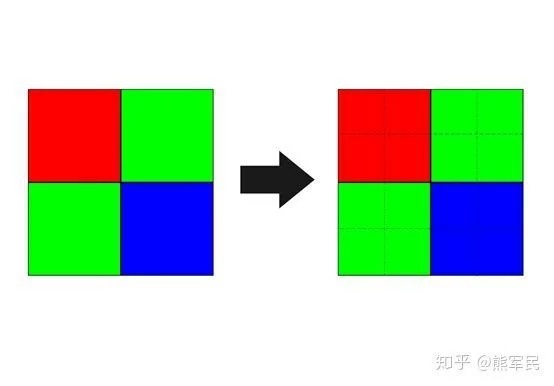Xiaomi recently launched its Redmi Note 7 phone in China. The highlight of the phone is its 48MP camera sensor on the back. The company has used a 48MP Samsung GM1 sensor at the back along with a secondary 5MP camera for portrait shots.
If we talk about hardware, Redmi Note 7 packs a Snapdragon 660 chipset under the hood. When we look into Snapdragon 660 features, the chipset supports only up to the 25MP single camera. So, how does Redmi Note 7 sport a 48MP camera? Is it fake? Let us know the truth behind the 48MP sensor and how it works.
Redmi Note 7 48MP camera
The Redmi Note 7 sports a 48MP primary rear camera. At present, the 48-megapixel camera is offered by Samsung’s GM1 and Sony’s IMX586 sensors. Redmi Note 7 comes with Samsung GM1 sensor. Samsung’s sensor is a 0.8μm-pixel sensor that is actually a 12MP sensor that results in a 48MP image by combining 4 pixels into 1.
So, even if the output image from Redmi Note 7 is 48MP, it is actually from a 12MP sensor. The Samsung ISOCELL Bright GM1 sensor uses four-in-one pixel binning technology to make a 12MP image into a 48MP image.
What is Pixel Binning?
The pixel binning is basically an ISP level implementation process where 4 pixels combine information into 1 pixel. In Samsung GM1 sensor, pixel binning takes pixels in a 2×2 grid and combines them into one.
So, the information captured by 4 individual pixels is now combined into one large pixel that is also called Super Pixel. This data collected by 4 adjacent pixels combine into one “super pixel” and this is called pixel binning. However, the resulting image of this 4-in-1 pixel binning has an effective resolution 4x of the resolution of the sensor.
Thus by combining raw data from four pixels into one, the output image is of a higher resolution as it captured a larger amount of light and also reduced the noise. Xiaomi used this sensor and claims to offer 48MP images that are actually captured from a 12MP sensor. However, the resulting image is brighter and has less noise after using the pixel binning because of the combination of four pixel’s data into one.
What do you guys think of this 48MP camera sensor? Let us know your thoughts in comments!




